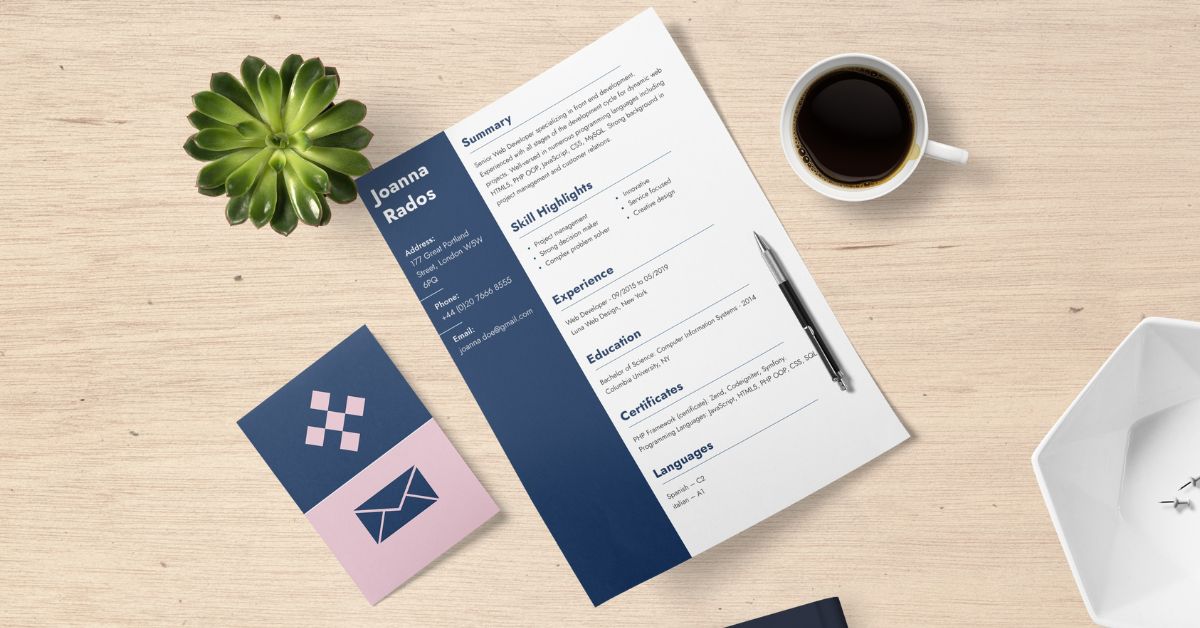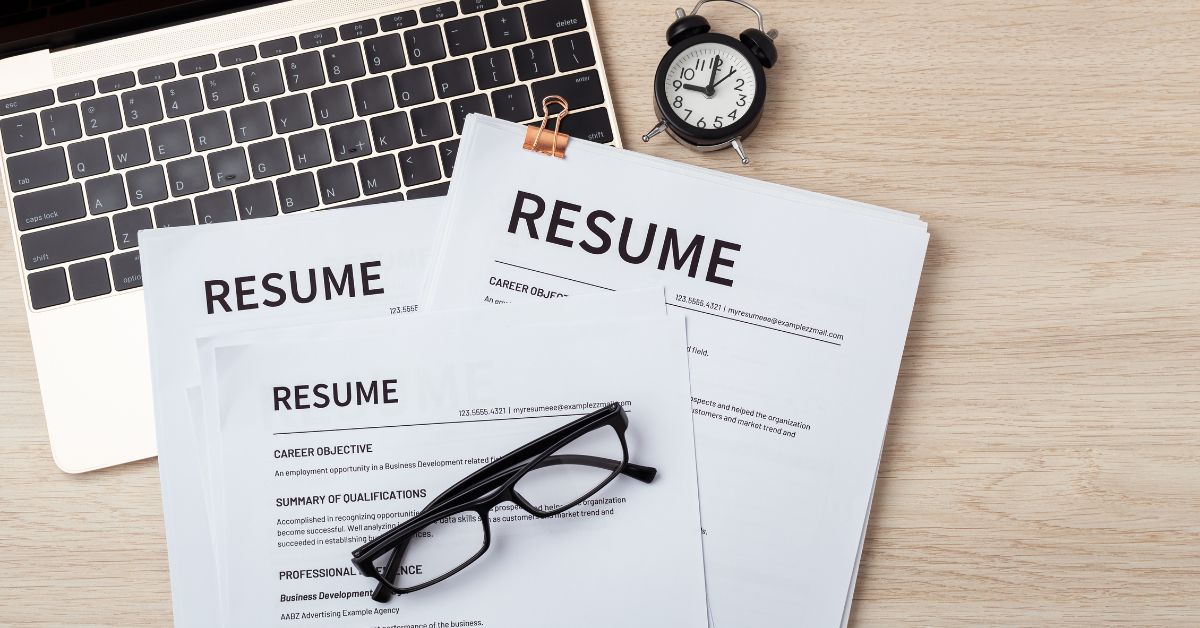Are you sending out resumes and getting no replies? You are not alone. Many looking for jobs face this, and the issue is often not their skills or past work—the problem is their resume. Even top people can be turned away if their resume does not shine. Don’t fret. In this blog, we’ll see the main reasons your resume might be getting tossed and tell you clear steps to fix it.
Let’s get into it.
The Key Reasons Your Resume Might Be Rejected
First, know that recruiters often glance at a resume for a few quick seconds. If yours does not grab them fast or has big mistakes, it might end up thrown out.
Common resume mistakes are bad setup, unclear job roles, spelling mistakes, and old designs. Yet, you can fix these! With the right tips and some work, you can craft a resume that stands out.
Here Are A Few Tips For Fixing Your Resume
Start with a Strong Value Proposition
Your resume should kick off with a short, powerful summary that clearly shows your value. This is your pitch. It’s the first thing a recruiter sees, so make it good.
Example:
“Skilled marketing pro with over 5 years in digital ads, SEO, and content plans. Known for boosting leads by 40% with focused online moves.”
This tells who you are, what you’ve done, and what you can do—right at the start.
Choose the Right Look for Your Resume
Design is key. A messy or old style can confuse the recruiter or make your offer look bad. Modern templates can help you lay out your info well.
Choose a style for your field. Creative jobs might like some color, while office jobs might want a plain, clean look. Resume checkers also give useful style tips.
Format Text Properly
Don’t write long blocks; this is the best resume writing tip one can have. Use points to make the info easy to read. Use one or two good fonts. Make job titles bold, line up dates right, and be consistent.
A well-set resume is easy to read and leaves a good first impression. A good setup is a top tip that matters a lot.
Watch for Spelling and Grammar Errors
Spelling and grammar blunders can wreck even the best resume. They make you seem less careful and lower your chances of getting picked.
Always go over your resume or use a spell checker. You can also run it through a resume template checker that spots common slip-ups and gives tips. A friend or mentor can give more help.
Eliminate Irrelevant or Repetitive Information
Make your resume fit the job you’re after. Don’t list every job you’ve had—focus on the key past roles. Also, don’t reuse the same skills or tasks for other jobs.
Keep it short and on point. This shows you respect the recruiter’s time and helps show your top skills.
Double-Check Your Details
Wrong numbers or old emails, or missing links (like a LinkedIn) are small errors that can ruin big chances.
Always recheck your contact info. Make sure your email looks real—skip cute names or old email types. For instance, ospark_rocks@xyz.com won’t work. Go with something like out.spark@gmail.com instead.
Provide a Clear Picture of Your Tasks
Each job you list should have a brief, clear description of what you did. Don’t just give your job role and stop.
Use points to list your tasks and wins. Use strong words like “led,” “ran,” “made,” or “bettered” to give your roles more power. Recruiters need to see what value you added before.
Skip Casual Photos or Emails
Unless it’s needed (like in acting or modeling), skip photos on a resume. In many fields, it could hurt your chances.
Also, use a grown-up, real email. These small things can greatly shape the first impression.
Think About Hobbies and Personal Spots
Hobbies can add to who you are, but don’t overdo it. Only list hobbies that fit the job or show good traits.
For example, helping you help at animal places or leading a book club shows care and leadership skills. Skip hobbies that seem too laid back or off point, like “watching shows” or “surfing online.”
Final Words
If your resume often gets tossed, don’t lose hope. It may just need smart tweaks. By following the tips here and fixing resume mistakes, you can change things.
There are also aids like resume check tools and templates that can help you shape a better resume. If unsure where to start, try a resume checker or get a new template fit for your work role.
Keep in mind, your resume is your first shot to wow—make it matter!



